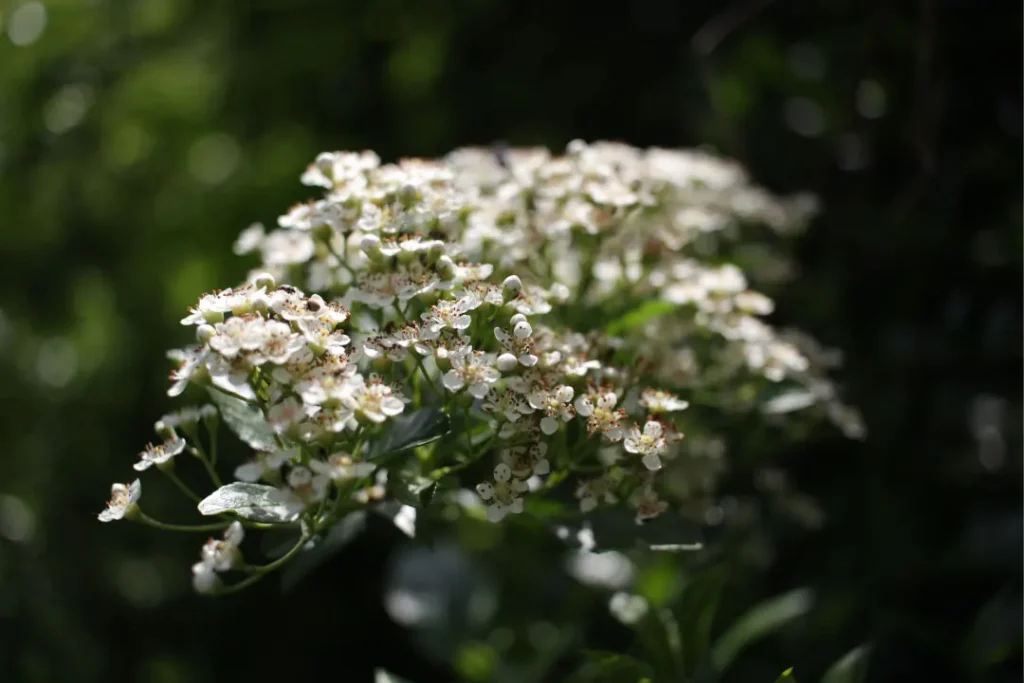Using natural treatments for numerous illnesses has gained popularity in recent years. Cramp Bark, one of the many botanical supplements on the market, has drawn interest for its possible health advantages. Cramp bark is sometimes known as viburnum opulus, and it is a deciduous shrub that is indigenous to North America and Europe. This article explores the properties of cramp bark, its advantages for health, recommended dose, side effects, possible drug interactions, and appropriate usage. We will also cover the scientific specifics of cramp bark’s chemistry and physiological effects on the body and brain.
Zizyphus: Benefits, Dosage, Side Effects, Drug Interactions, and Other Important Information
Collagen Type II: Benefits, Dosage, Side Effects, Drug Interactions, and Other Important Information
Nature of Cramp Bark
The traditional use of cramp bark in herbal medicine is quite senescent. The shrub has bright red berries and white blossoms. Iridoid glycosides, flavonoids, and tannins are some of the physiologically active substances in the cramp bark plant. These elements control the plant’s physiological impacts and medicinal properties.
Health Benefits of Cramp Bark
- Relief From Period Cramps: Cramp bark has long been used to treat period cramps. According to studies, the plant’s components relax the uterine muscles and lessen cramping by acting as an antispasmodic.
- Muscle Relaxation: The antispasmodic properties of cramp bark go beyond menstrual cramps. It can help you with muscle tension or spasms since it calms the smooth muscles throughout the body.
- Urinary System Health: According to research, cramp bark can help maintain urinary system health by encouraging smooth muscle relaxation and minimizing spasms, which can be helpful if you have a urinary tract infection or another urinary disease.
- Digestive Aid: Cramp bark’s antispasmodic properties can also benefit you if you have a disease like irritable bowel syndrome by reducing gastrointestinal spasms.

Chemistry of Cramp Bark
- Iridoid Glycosides: Aucubin and catalpol are the iridoid glycosides that are abundant in cramp bark. These substances are well-known for their ability to reduce inflammation and act as antioxidants. Aucubin has smooth muscle relaxing properties, which explains why cramp bark possesses antispasmodic properties.
- Flavonoids: Cramp bark contains a class of chemicals called flavonoids. Rutin, quercetin, and kaempferol are a few of them. The anti-inflammatory and antioxidant effects of flavonoids are well-established. By lowering oxidative stress and inflammation in the body, they support cramp bark’s overall therapeutic benefits.
- Tannins: Polyphenolic chemicals known as tannins are in many plant species, including cramp bark. These substances have astringent properties and give the plant its bitter flavor. Tannins aid in the antispasmodic properties of cramp bark by interacting with proteins to produce complexes that lessen smooth muscle spasms.
- Essential Oils: The scent of cramp bark derives from the limited amounts of essential oils that it consists of. Eugenol, one of the volatile substances contained in these oils, has analgesic and anti-inflammatory properties.
Physiological Properties of Cramp Bark
The active ingredients of cramp bark, including iridoid glycosides, flavonoids, and tannins, are responsible for its antispasmodic properties. These substances interact with multiple bodily receptors and signaling pathways to relax muscles and lessen spasms. For instance, iridoid glycosides like aucubin and catalpol have relaxing effects on smooth muscle.
The components of cramp bark can also interact with neurotransmitter systems in the brain and contribute to its calming effects. To understand the methods through which cramp bark exerts its effects on the body and brain, more research is necessary.

Optimal Dosage and Administration
Careful consideration and professional advice are required to establish the ideal cramp bark dose. Depending on your age, general health, and the specific illness being treated, the recommended dose can change. Cramp bark is frequently sold in a variety of forms, such as dry herbs, pills, or tinctures. It is crucial to adhere to the dosage recommendations given by the product’s producer or healthcare provider.
Side Effects and Precautions
When you take it carefully and sparingly, cramp bark is safe. However, you must be knowledgeable about possible side effects and safety measures. When taking cramp bark, you might suffer gastrointestinal discomforts, such as nausea or diarrhea. Furthermore, if you have a history of allergies to members of the viburnum family, you should use caution or refrain from using cramp bark completely. Before beginning cramp bark, like with any herbal supplement, you must speak with your healthcare provider, especially if you are expecting, nursing, or on any medicines.

Potential Substance Interactions
Cramp bark is safe, but it is necessary to watch out for possible drug interactions. The components of the herb can interact with medications that are broken down by the liver’s cytochrome P450 enzyme system. These include drugs like anticonvulsants, anticoagulants, and antiarrhythmics. Before using cramp bark with other drugs, it is best you should speak with your doctor or pharmacist to find out if there are any possible interactions.
Responsible Uses
If you are seeking relief from diseases including menstrual cramps, muscular stress, and urinary system problems, cramp bark presents a viable natural option. However, it is crucial to approach its use sensibly. To establish the proper dosage, evaluate potential interactions, and guarantee safe usage, speaking with your healthcare provider or herbalist is essential.
Despite the lengthy history of traditional usage of cramp bark, further scientific study is required to confirm its efficacy and to further understand its medicinal properties. It is important to remember that over-the-counter medicines like cramp bark shouldn’t be used in place of advice from your doctor or prescribed medications.

Cramp Bark: Conclusion
Cramp bark’s abilities to ease menstrual cramps, encourage muscular relaxation, and increase urinary system health can have many positive effects on your health. If you are thinking about taking cramp bark as a natural supplement, responsible use, adherence to advised dosages, and contact with your doctor is essential. Our grasp of cramp bark’s medicinal potential and the range of its uses in improving health and wellbeing will grow as research into its chemistry and physiological properties progresses. Talk to your doctor if you believe cramp bark could be right for you!
References:
- Effects of adaptogens on the central nervous system and the molecular mechanisms associated with their stress-protective activity. Retrieved From: https://www.mdpi.com/1424-8247/3/1/188
- Viburnum opulus L. and Viburnum lantana L.: A review of phytochemistry, traditional uses and pharmacological properties. Retrieved From: https://www.sciencedirect.com/science/article/pii/S0378874113007757
- Herbal Medicines: An Updated Review. Retrieved From: https://www.ncbi.nlm.nih.gov/pmc/articles/PMC6324275/
Important Note: The information contained in this article is for general informational purposes only, and should not be construed as health or medical advice, nor is it intended to diagnose, prevent, treat, or cure any disease or health condition. Before embarking on any diet, fitness regimen, or program of nutritional supplementation, it is advisable to consult your healthcare professional in order to determine its safety and probable efficacy in terms of your individual state of health.
Regarding Nutritional Supplements Or Other Non-Prescription Health Products: If any nutritional supplements or other non-prescription health products are mentioned in the foregoing article, any claims or statements made about them have not been evaluated by the U.S. Food and Drug Administration, and such nutritional supplements or other health products are not intended to diagnose, treat, cure, or prevent any disease.


